Why you can trust TechRadar
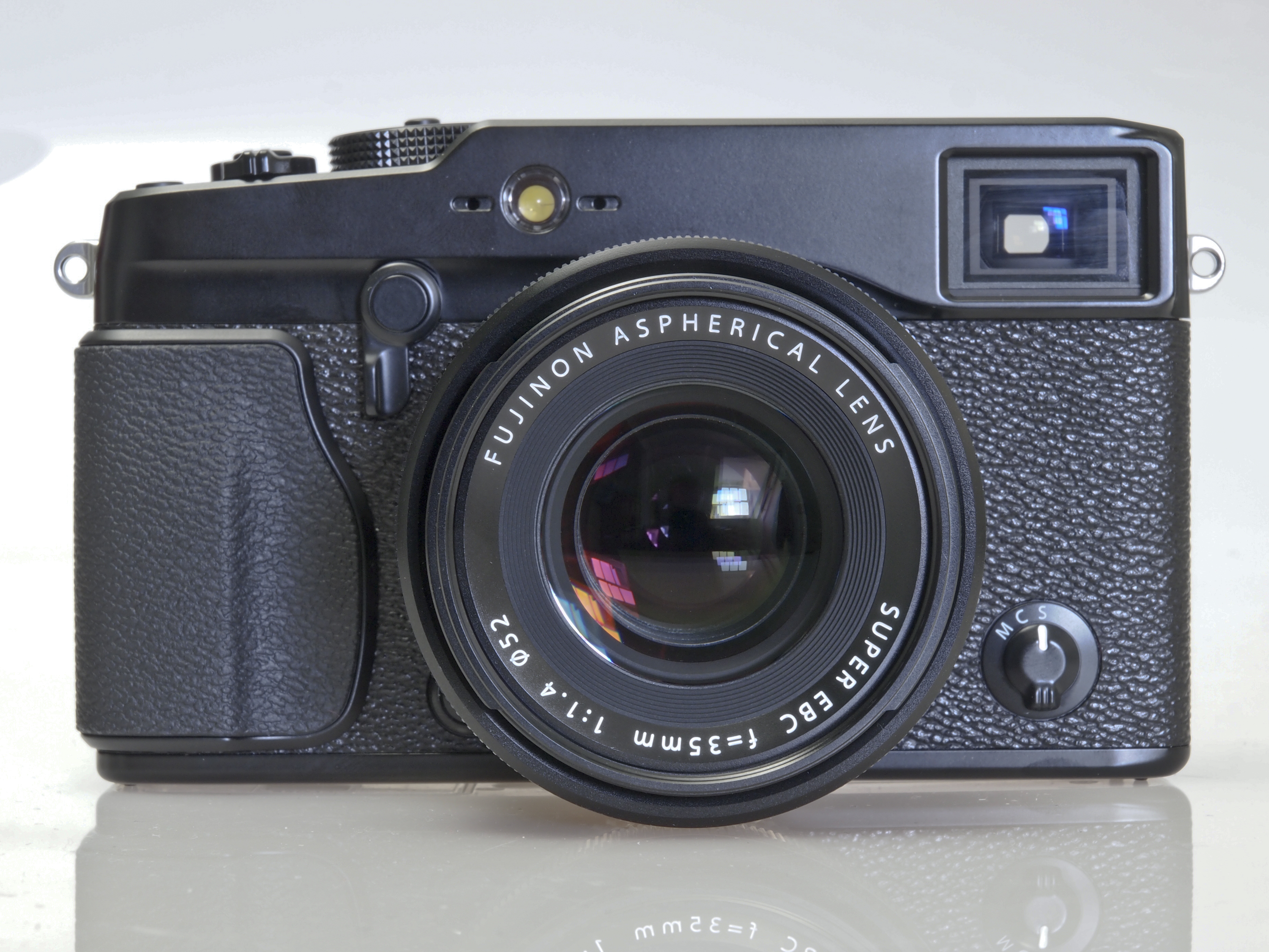
In comparison with other recent compact system cameras, the Fuji X-Pro1 is quite large, but then unlike the Micro Four Thirds offering from Olympus and Panasonic, it has an APS-C format sensor.
It is also a pretty solid feeling beast, though without a lens mounted it is a little lighter than we were expecting. With one of the three current lenses mounted it feels just about right and the body and controls have a high quality feel.
Given its retro styling and traditional control arrangement, the Fuji X-Pro1 isn't so much a CSC competitor as an advanced DSLR or rangefinder rival. And when the promised M mount adaptor comes to market, Leica users wanting a digital camera will have a more affordable alternative to the Leica M9.
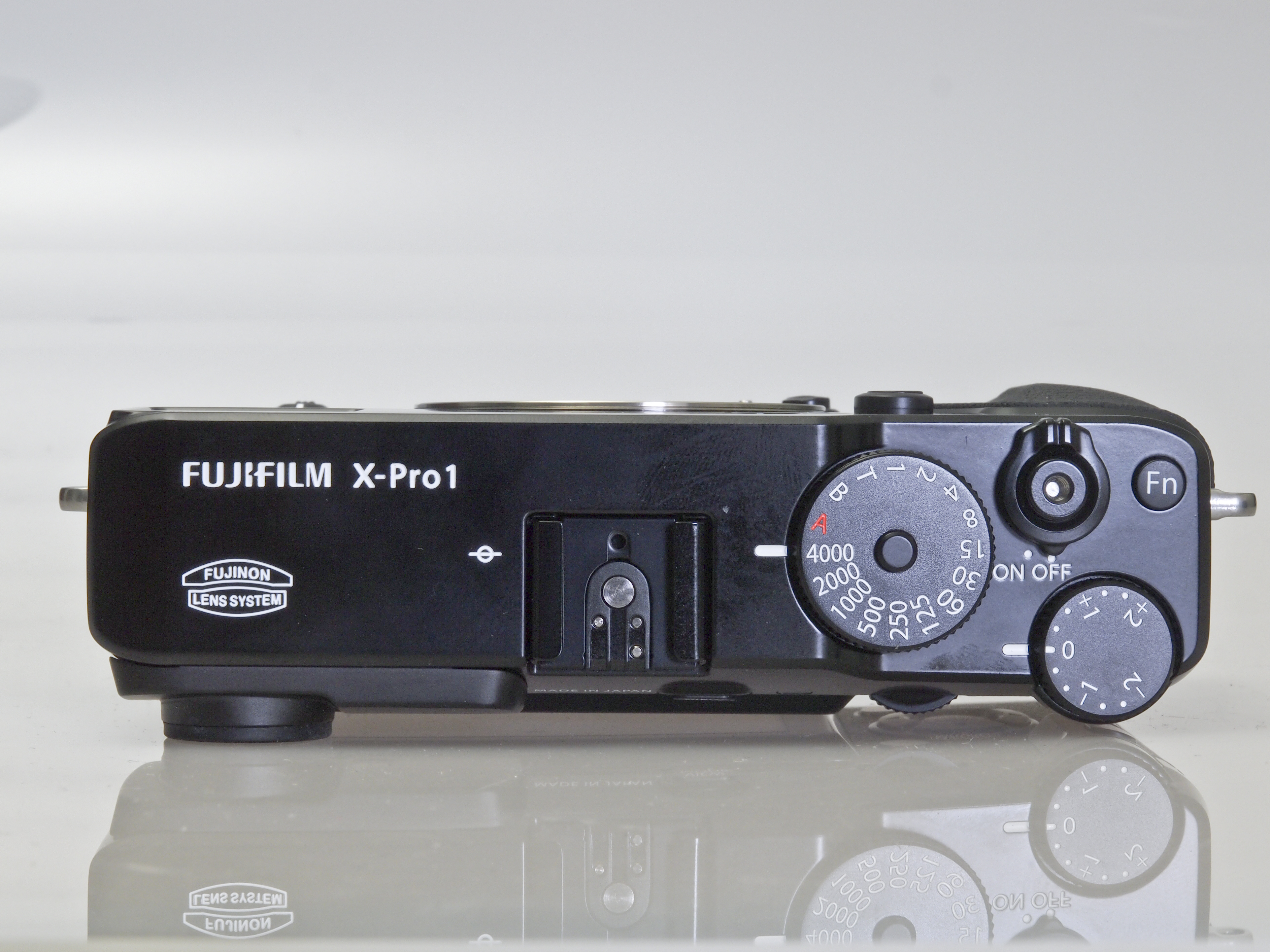
Despite its overall rectangular shape, which is typical of traditional rangefinder cameras, the Fuji X-Pro1 feels reasonably comfortable in the hand, thanks to the textured rubberised grip on its front. It lacks the bulk of the average DSLR's grip, but it provides purchase and makes the camera feel secure in your grasp.
Although the Fuji X-Pro1's body looks similar to the X100's, Fuji has made a few changes to improve the new camera's handling.
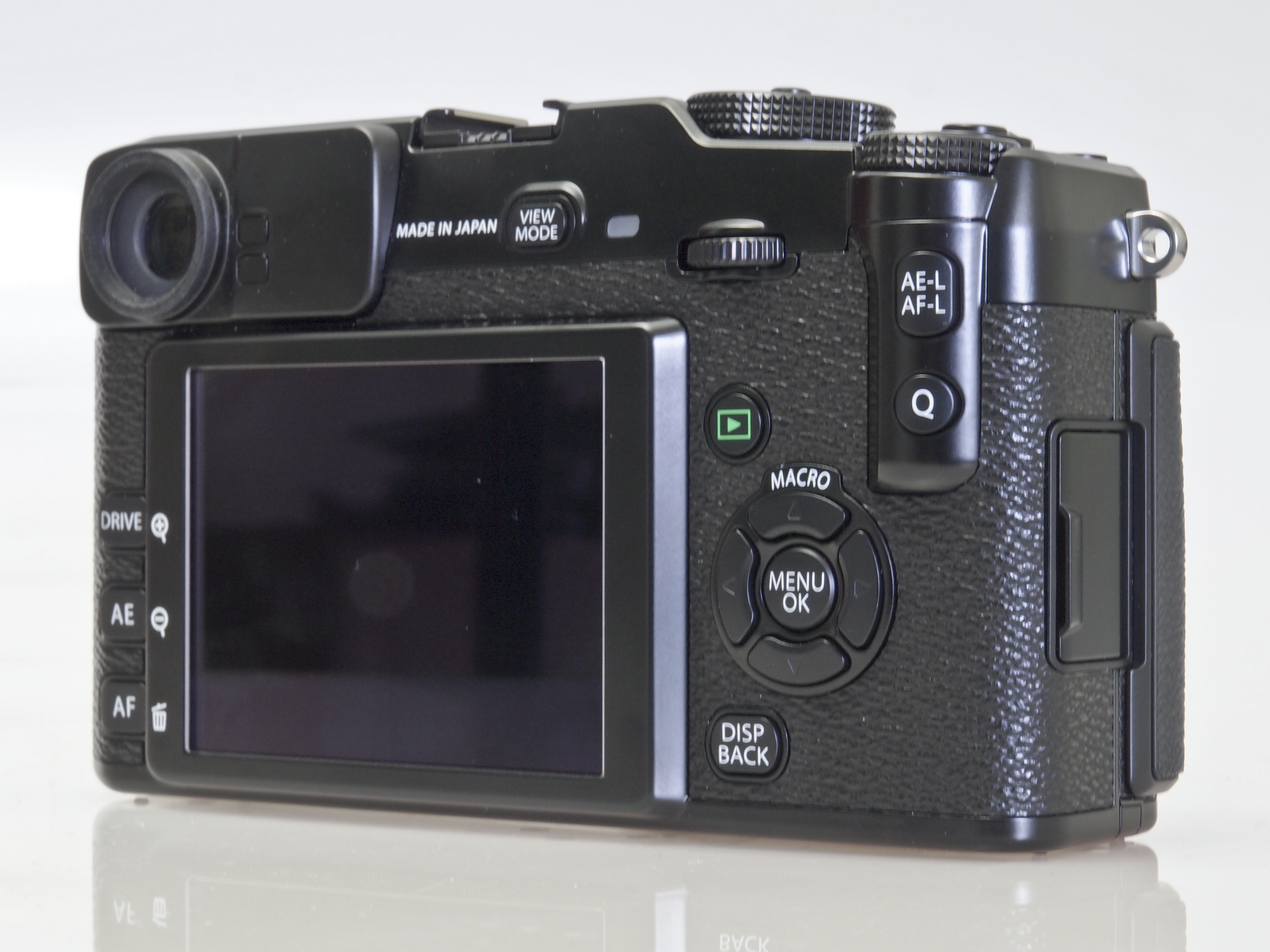
First up, there's a Q button that activates the Quick menu, giving access to 16 key camera features including the sensitivity, Dynamic Range optimisation, white balance, file format and Film Simulation mode settings, to name just a few.
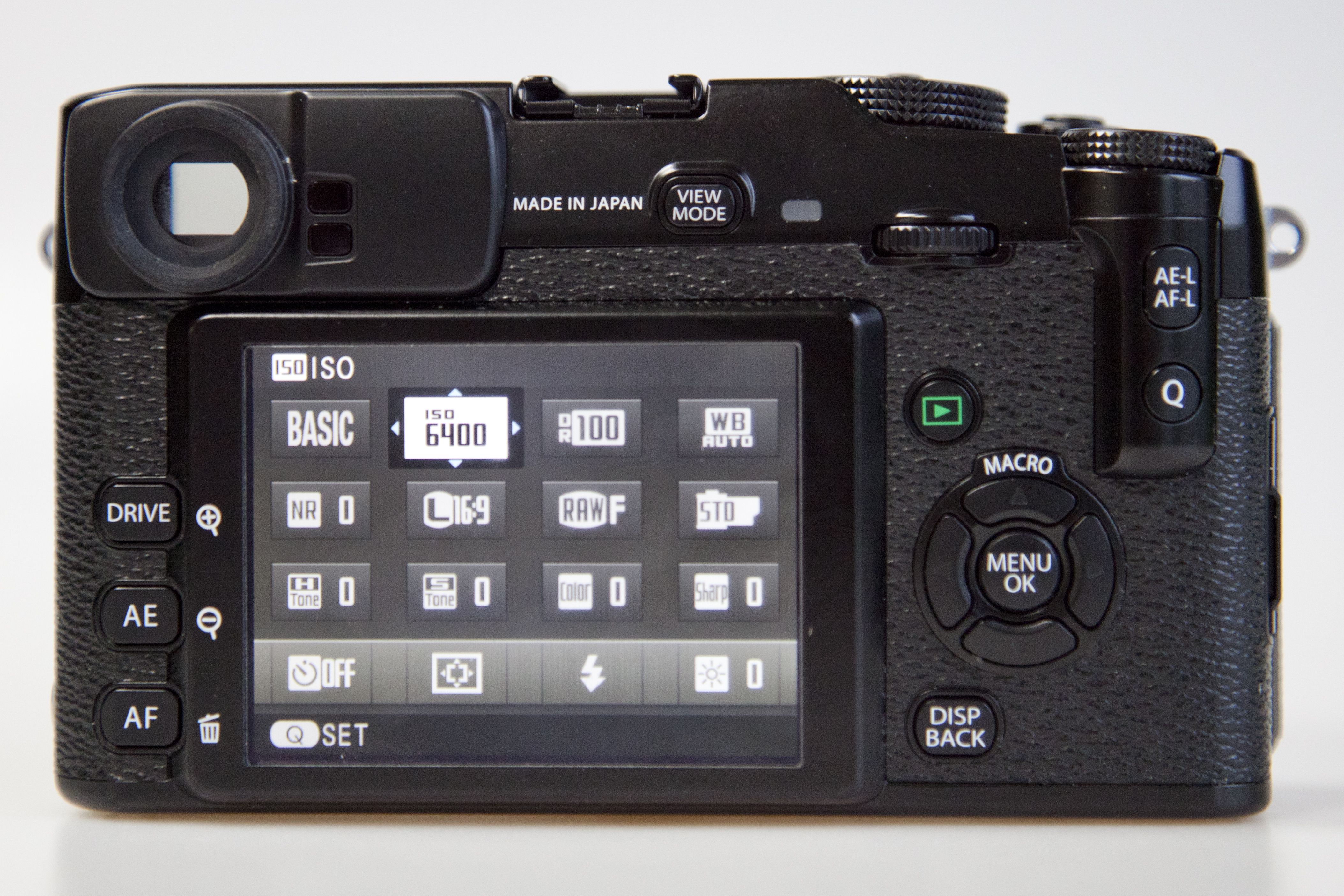
Any of the features within the Quick Menu grid can be selected simply by navigating to them, and then adjusted using the command dial near the thumb rest. It's quick to use and, unlike Olympus's approach, doesn't require a button press to select the feature ready for adjustment.
Sign up for breaking news, reviews, opinion, top tech deals, and more.
It is also possible to save up to seven custom set-ups governing the settings for nine features, for quick recall via the Quick menu.
While the Quick menu is really useful, it would be even better if you could specify what features you access from it. Users who always shoot raw and JPEG files simultaneously, for example, have no need of the image quality control and may prefer a faster route to the bracketing options.

Another issue we have with the Quick menu is with the button itself. This sits on the ridge that forms the thumb rest, and when the camera is turned to shoot in upright orientation, it's very easy to accidentally press it. Granted a bit of familiarity does reduce the frequency of this occurring, but it remains a problem.
In response to requests from X100 users, Fuji has given the X-Pro1's shutter speed dial a lock button and changed the command dial for navigation buttons.
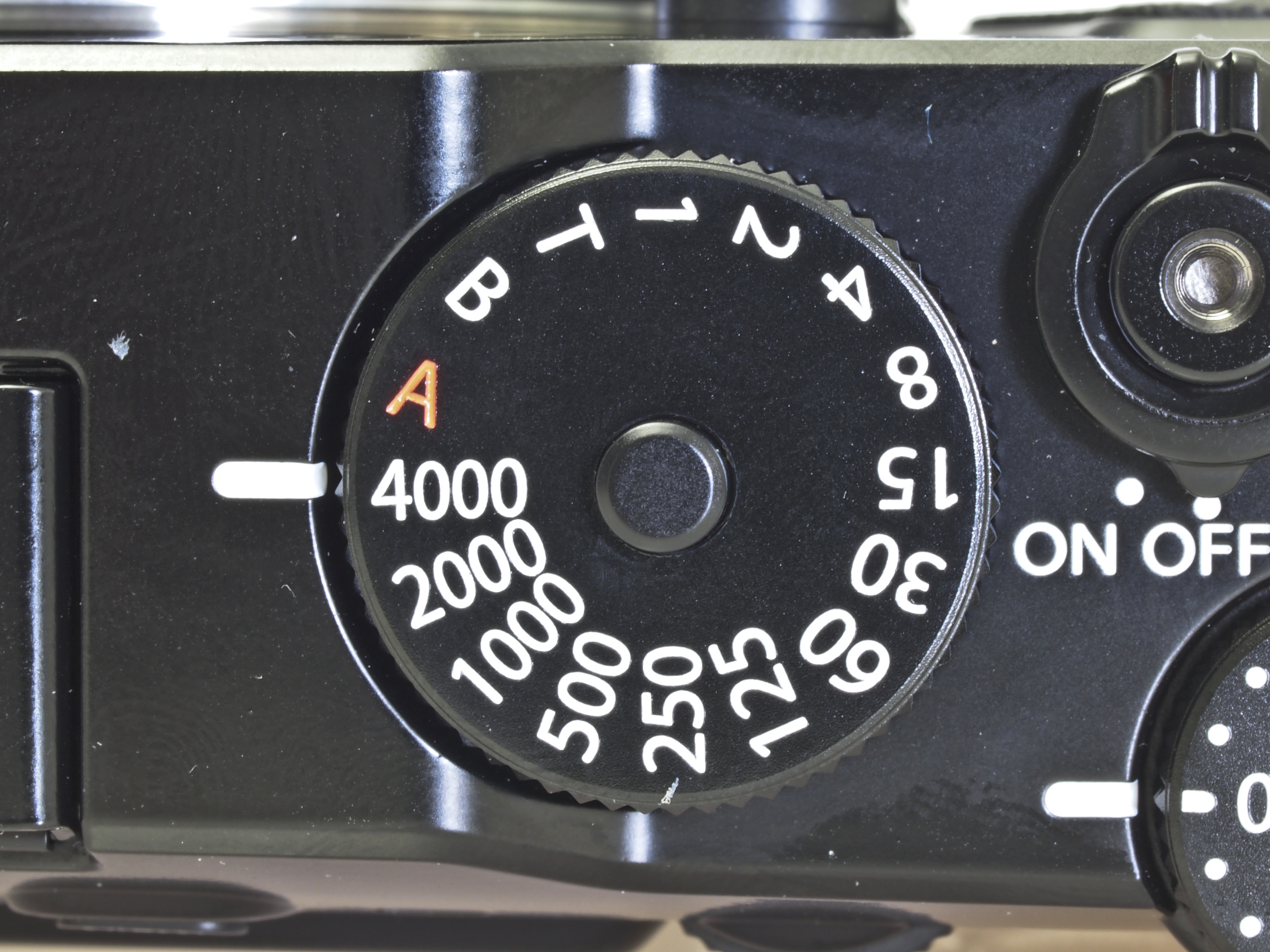
The exposure compensation dial is also slightly recessed, to make it harder to knock out of position. However, we found it is still prone to being moved accidentally.
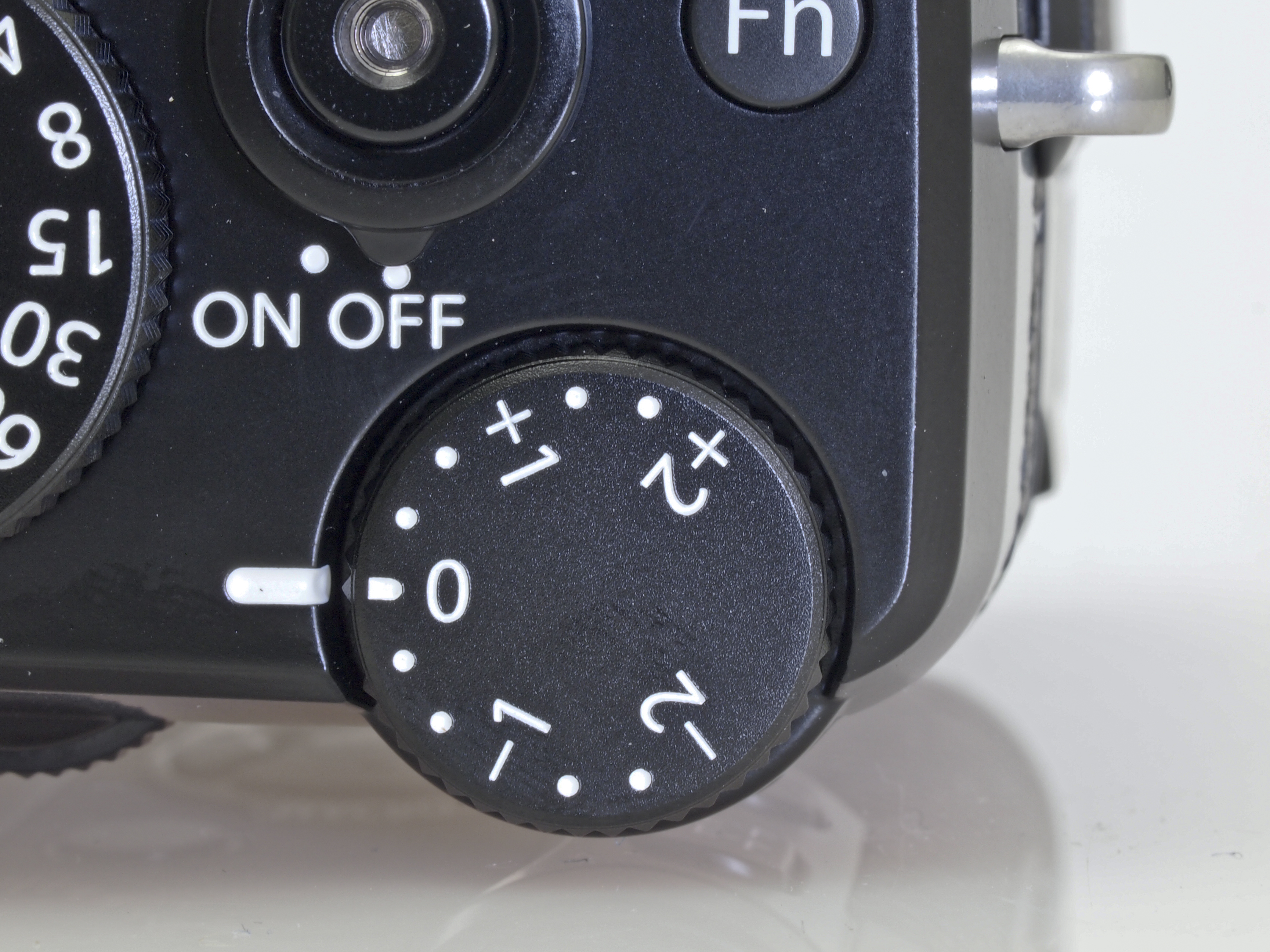
Although the shutter speed lock button is a bit fiddly to use, it only needs to be pressed when the dial is being turned from the 'A' (automatic) position. It's a small point, but crucially it prevents the camera switching from aperture priority mode to manual or from fully automatic to shutter priority mode.
Available to pre-order for the considerable price of £1,429 in the UK and $1,699 in the US, the Fuji X-Pro1 is a delight to use aside from one or two niggles.
